CES and NAIAS take place in January: Has the Consumer Electronics Show (CES) in Las Vegas become the most important trade show for automakers and tech partners to attend? It 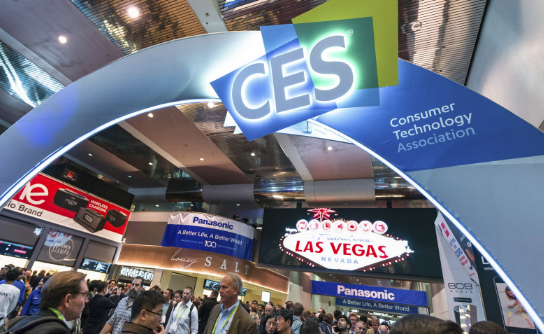 depends on who you ask, but don’t forget about the North American International Auto Show in Detroit. In fact, it clearly beat CES in online attention. The Detroit auto show’s week of news conferences and other events (Jan. 14-17) got nearly 60% more mentions in news and social media than automotive news and topics the week before at CES. That comes from a study by Talkwalker, an advisory company in online marketing.
depends on who you ask, but don’t forget about the North American International Auto Show in Detroit. In fact, it clearly beat CES in online attention. The Detroit auto show’s week of news conferences and other events (Jan. 14-17) got nearly 60% more mentions in news and social media than automotive news and topics the week before at CES. That comes from a study by Talkwalker, an advisory company in online marketing.
While CES is about much more than cars, both are significant events, probably the most important shows for new product launches and concept previews. So, what were some of the highlights at these leading auto industry events? Here are just a few.
Nissan unveiled the Leaf e+ at CES, with 40% more range than its predecessor — coming up to 226 miles per charge from its previous 150-mile range. There are minor exterior changes made the front-end design, and a new “e+” logo on the back end. It will go on sale in the U.S. this spring. The new version of the Leaf was supposed to be revealed at the LA Auto Show in November, but things got put on hold once former Nissan chief Carlos Ghosn was arrested. At the Detroit Auto Show, Nissan showed off an elevated, electrified sport sedan that will deliver 483 hp, 590 lb.-ft. of torque, and 380 miles of range. It’s said to be one of seven EVs Nissan will launch by 2022.
Ford and Qualcomm made announcements at CES on 5G C-V2X cellular technology. That’s been a problem for other automakers who still support dedicated short range communications (DSRC). NHTSA, under the Trump administration, hasn’t decided yet on whether the initial plan to require installing DSRC equipment in new vehicles beginning in 2020 or 2021 will be mandated. That’s given C-V2X an opportunity to gain supporters. Audi stayed committed to DSRC in its technology announcements at CES. There’s been a lot of pressure on automakers to come up with the next generation technology to strengthen data streaming vehicle-to-vehicle as more applications and devices become integrated with cars. Ford says that but 2020, all of its vehicles will be equipped with built-in cellular wireless connectivity from AT&T in the U.S., Vodafone in Europe; and China Unicom in China. The automaker said that the initial systems will enable over-the-air updates.
Several automakers opted out of the Detroit event this year (and the auto show will be moving to June next year to get out of the freezing cold time of year in which it’s been taking place for many years). But it’s still a place for several product launches with crossovers and electric vehicles playing a big role. Cadillac will supplant Chevrolet as GM’s lead brand in EVs in the next few years. Cadillac previewed an all-electric Tesla competitor that will be the first vehicle derived from GM’s dedicated EV architecture. A variety of body styles will eventually be offered, but the electric crossover will come out next year. Nissan’s 380-mile range concept vehicle (previously mentioned) goes by the name Nissan IMs Concept for now. It’s spacious interior offers a wide video screen dashboard, gold details, and a distinct rear cabin with a large center seat and smaller side seats.
The Hyundai Kona/Kona EV won the utility category at the North American Car, Utility and Truck of the Year Awards in Detroit. The company just announced pricing for three variations of the EV with its 150 kW, 201 hp electric motor with a single-speed reduction gear. MSRP will be: SEL at $36,450, Unlimited at $41,150, and Ultimate at $44,650. (Freight Charges for the 2019MY Kona EV are $1,045.) “The Kona Electric is the first mass-market electric car that truly works for the mass market,” said Jamie Page Deaton, executive editor at U.S. News & World Report Best Cars. “A livable EV range, affordable price and practical cabin combine with lively driving dynamics to make the Kona EV a true pleasure. It’s the kind of EV that could convince the most ardent EV-skeptic.”
And in other news……..
- On January 7, Tesla broke ground on its new Chinese Gigafactory in Shanghai. The electric carmaker plans to produce Model 3 and Model Y electric vehicles at that plant along with its battery packs. CEO Elon Musk said initial production in China of the Model 3 will start towards the end of this year, with volume production coming next year. Tesla is on its way to being the first wholly-owned car plant in China operated by a foreign company.
- Owners of the electric Porsche Taycan, which is coming out later this year, will be getting three years of free charging stations in the U.S. that have a minimum of two 350 kilowatt chargers per site. One very attractive feature for Taycan owners will be the ability to add more than 60 miles of charge in four minutes. That comes from an 800-volt battery that can absorb these fast-charges. That will beat Tesla, which is promoting its 120-kilowatt supercharging stations that are capable of charging about 80% of the battery in about 30 minutes.
- Electric scooter rides have taken off in the past year in Southern California and in other parts of the country. With it comes the risk and danger factor. A recent study looked at scooter-related injuries of 249 patients at two Southern California emergency rooms between September 2017 and August 2018. Riders, with an average age of 34 years and 58% of them male, had a lot more injuries than pedestrians,. While they only make it to a top speed of 15 miles per hour, less than 5% of riders reported to have been wearing helmets. About 40% of them had head injuries and nearly one third had broken bones. A study in JAMA Network Open found a lack of operator adherence to traffic laws or warning by the electric scooter companies.

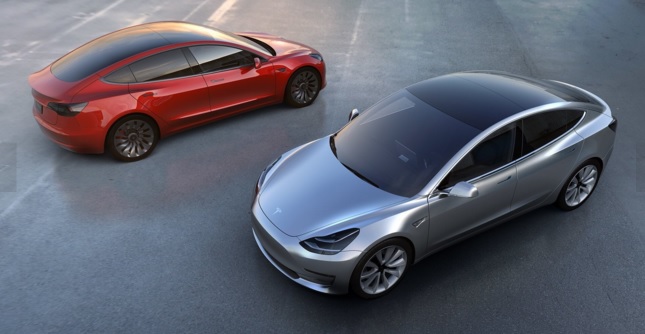 few days for December and all of 2018; but so far, it was clearly a year of record-setting plug-in hybrid and battery electric vehicles sales in the U.S. Through November, U.S. sales were at 312,887 for plug-in vehicles, compared to 194,479 for all of 2017, according to Electric Drive Transportation Association. Assuming 350,000 units will be sold in 2018, the increase would be about 55% over the previous year. InsideEVs estimates the Tesla Model 3 closed the month with 25,250 sold in the U.S. That compares to 18,650 sold in November. Lately, there’s been a wide gap between the Model 3 and every other plug-in vehicle sold in the U.S., with top sellers like the Tesla Model S and Model X, Chevrolet Bolt and Volt, and Toyota Prius Prime, each hovering somewhere around 3,000 units sold per month. The Nissan Leaf was able to see its first sales increase in a long time.
few days for December and all of 2018; but so far, it was clearly a year of record-setting plug-in hybrid and battery electric vehicles sales in the U.S. Through November, U.S. sales were at 312,887 for plug-in vehicles, compared to 194,479 for all of 2017, according to Electric Drive Transportation Association. Assuming 350,000 units will be sold in 2018, the increase would be about 55% over the previous year. InsideEVs estimates the Tesla Model 3 closed the month with 25,250 sold in the U.S. That compares to 18,650 sold in November. Lately, there’s been a wide gap between the Model 3 and every other plug-in vehicle sold in the U.S., with top sellers like the Tesla Model S and Model X, Chevrolet Bolt and Volt, and Toyota Prius Prime, each hovering somewhere around 3,000 units sold per month. The Nissan Leaf was able to see its first sales increase in a long time.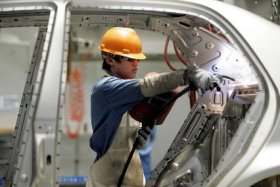 coming close to a record high in the U.S. (which surprised market analysts), that may be a temporary blip. Foreign automakers have 19 assembly plants in the U.S., but General Motors is closing four American plants and Ford is going through a major reorganization. Even so, U.S. auto plants have the capacity to make three million more cars that they can sell. Analysts think that this year’s strong sales come from higher fleet sales, lower unemployment, and Tesla’s rapid production ramp up. Shareholders are putting a great deal of pressure on automakers to lead the way in new products, advanced vehicle technology, and strong profit margins. Automakers have been taking big steps to change over their product lineups (less cars, more trucks and SUVs) and prepare for launching mobility services and a higher volume of electric vehicles. Here’s a look at some of the major events that have been shaping market dynamics in the U.S. and global automotive landscape — and its impact on green vehicle sales and adoption of new technology and mobility………….
coming close to a record high in the U.S. (which surprised market analysts), that may be a temporary blip. Foreign automakers have 19 assembly plants in the U.S., but General Motors is closing four American plants and Ford is going through a major reorganization. Even so, U.S. auto plants have the capacity to make three million more cars that they can sell. Analysts think that this year’s strong sales come from higher fleet sales, lower unemployment, and Tesla’s rapid production ramp up. Shareholders are putting a great deal of pressure on automakers to lead the way in new products, advanced vehicle technology, and strong profit margins. Automakers have been taking big steps to change over their product lineups (less cars, more trucks and SUVs) and prepare for launching mobility services and a higher volume of electric vehicles. Here’s a look at some of the major events that have been shaping market dynamics in the U.S. and global automotive landscape — and its impact on green vehicle sales and adoption of new technology and mobility………….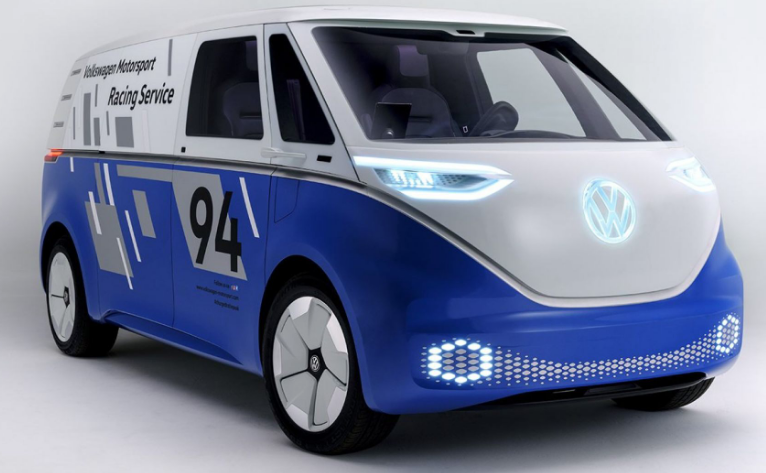 its retro-passenger microbus. It’s the largest vehicle to be built on the German automaker’s Modular Electric Drive Kit (MEB) platform, and it will be getting an expanded version of the microbus with a large rear cargo area in lieu of seats. It will also get a battery pack capable of going 340 miles on a charge. On the other side of the urban mobility scale, the company unveiled the Cargo e-Bike, a three-wheeled, battery-assisted electric bike that it says can deliver cargo up to 463 pounds. It’s expected to enter production in 2019.
its retro-passenger microbus. It’s the largest vehicle to be built on the German automaker’s Modular Electric Drive Kit (MEB) platform, and it will be getting an expanded version of the microbus with a large rear cargo area in lieu of seats. It will also get a battery pack capable of going 340 miles on a charge. On the other side of the urban mobility scale, the company unveiled the Cargo e-Bike, a three-wheeled, battery-assisted electric bike that it says can deliver cargo up to 463 pounds. It’s expected to enter production in 2019.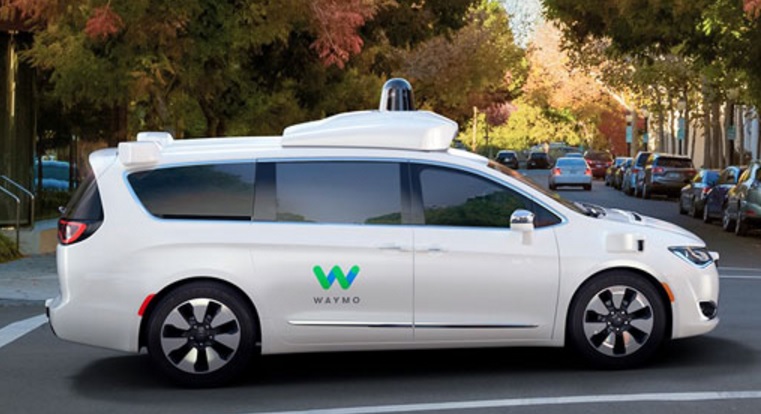 according to a source familiar with the plans. It will be run under its own brand and compete directly with mobility companies like Uber and Lyft. It won’t be a splashy opening, but the start of a trial run in suburbs around Phoenix. That’s where Waymo’s Early Rider Program has been tested with a group of 400 volunteer families who’ve been taking autonomous rides with the company for more than a year. This news coincided with a comments made by Waymo’s chief John Krafcik speaking at Wall Street Journal’s TechD D.Live conference on Tuesday.
according to a source familiar with the plans. It will be run under its own brand and compete directly with mobility companies like Uber and Lyft. It won’t be a splashy opening, but the start of a trial run in suburbs around Phoenix. That’s where Waymo’s Early Rider Program has been tested with a group of 400 volunteer families who’ve been taking autonomous rides with the company for more than a year. This news coincided with a comments made by Waymo’s chief John Krafcik speaking at Wall Street Journal’s TechD D.Live conference on Tuesday.  market, are engaged in another race to see who can launch a successful stock market public offering first. While
market, are engaged in another race to see who can launch a successful stock market public offering first. While 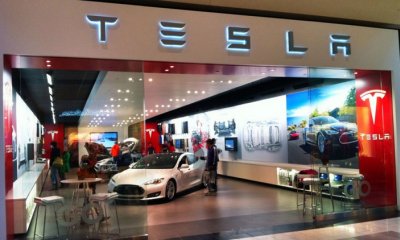 federal judge overseeing the case. The settlement means that CEO Elon Musk will be stepping down as chairman for three years, and that two new independent directors will be appointed to the board. Musk will be paying $20 million, and Tesla will pay another $20 million, in fines distributed to harmed investors. Musk’s insulting tweet last week on Thursday, mentioning that the SEC is changing its name to “Shortseller Enrichment Commission.”
federal judge overseeing the case. The settlement means that CEO Elon Musk will be stepping down as chairman for three years, and that two new independent directors will be appointed to the board. Musk will be paying $20 million, and Tesla will pay another $20 million, in fines distributed to harmed investors. Musk’s insulting tweet last week on Thursday, mentioning that the SEC is changing its name to “Shortseller Enrichment Commission.”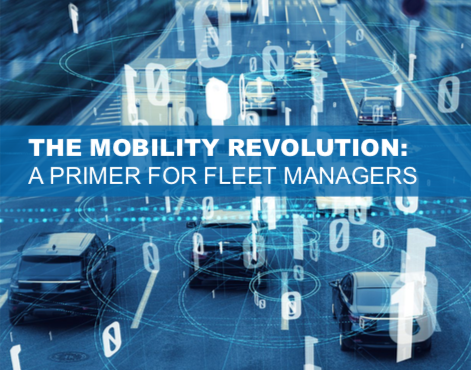 the near-term future of vehicles and transportation — connected, electric, shared, and autonomous vehicles. Written by Lukas Neckermann, a former auto executive and consultant on mobility services, and Green Auto Market editor Jon LeSage, the study explores the issues poised to transform transportation in the next decade. It was sponsored by NAFA Foundation as a tool for fleet professionals to prepare for the near future.
the near-term future of vehicles and transportation — connected, electric, shared, and autonomous vehicles. Written by Lukas Neckermann, a former auto executive and consultant on mobility services, and Green Auto Market editor Jon LeSage, the study explores the issues poised to transform transportation in the next decade. It was sponsored by NAFA Foundation as a tool for fleet professionals to prepare for the near future. states, regions and businesses took on commitments. Those include 12 states and regions joining The Climate Group’s zero-emission vehicle challenge, such as California and Washington state, Quebec, Scotland, and Australia’s Capital Territory; and 12 cities joining C40’s fossil fuel-free streets declaration, including Seoul, Tokyo, Honolulu, Santa Monica, and West Hollywood, Calif. Los Angeles Mayor Eric Garcetti said that 19 cities and two counties in the U.S. have formally launched the Climate Mayors Electric Vehicle Purchasing Collaborative. EVBox, which now has about 60,000 charging stations installed globally, expects to have 1 million EV chargers installed by 2025. ChargePoint announced a target of 2.5 million public chargers by 2025, mostly in North America and Europe. That will shoot up from about 53,000 public charging sites the company currently operates.
states, regions and businesses took on commitments. Those include 12 states and regions joining The Climate Group’s zero-emission vehicle challenge, such as California and Washington state, Quebec, Scotland, and Australia’s Capital Territory; and 12 cities joining C40’s fossil fuel-free streets declaration, including Seoul, Tokyo, Honolulu, Santa Monica, and West Hollywood, Calif. Los Angeles Mayor Eric Garcetti said that 19 cities and two counties in the U.S. have formally launched the Climate Mayors Electric Vehicle Purchasing Collaborative. EVBox, which now has about 60,000 charging stations installed globally, expects to have 1 million EV chargers installed by 2025. ChargePoint announced a target of 2.5 million public chargers by 2025, mostly in North America and Europe. That will shoot up from about 53,000 public charging sites the company currently operates.